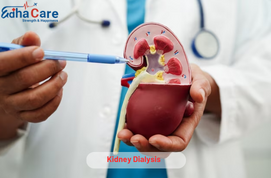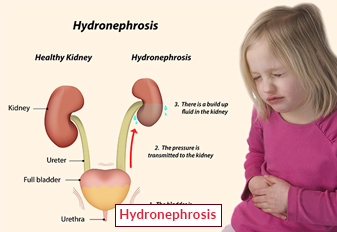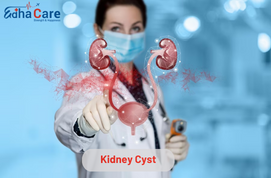Kidney Dialysis

Kidney dialysis is a scientific procedure designed to mimic kidney capacity in individuals with kidney damage. The kidneys play an important role in removing impurities and excess water from the blood, maintaining electrolyte stability, and regulating blood pressure. When the kidneys can’t safely perform those functions, dialysis will be needed to protect the body from the buildup of excess waste and fluid. In hemodialysis, the affected blood circulates through a system that removes excess waste and fluid before being returned to the body. On the other hand, peritoneal dialysis utilizes the peritoneum lining the abdominal cavity, introducing purification fluids to remove waste. Both methods aim to strictly repair the body and reduce lifetime associated symptoms of kidney failure.Providing a lifeline for those individuals who are awaiting kidney transplantation or also those who are not responsible for transplantation.
About Kidney Dialysis
The main causes of kidney disease dialysis are diabetes mellitus, hypertension, glomerulonephritis, polycystic kidney disease, and urinary issues. Symptoms of kidney failure include fatigue, swollen arms or around the eyes, persistent pain, changes in urine output or color, high blood pressure While kidneys play an important role in health overall, their dysfunction can lead to problems such as anemia, osteoporosis, heart disease start during dialysis It helps to manage these symptoms and for individuals with kidney failure do not work well life improves. Regular dialysis, usually several times a week, is necessary to prevent toxic buildup and maintain fluid balance, for those awaiting a kidney transplant or dealing with chronic kidney conditions survival.
Procedure of Kidney Dialysis
Vascular access: The necessary step is to give a vessel access to the needle, usually through a vascular capsule or graft, allowing blood to flow to the extraction device. The bloodstream is well absorbed, and results.
Blood filtration: During hemodialysis, blood is pumped from the body of an infected person through a filter, which filters it to remove impurities and excess water, before returning blood filtered into the bloodstream.
Dialysate Solution: At the same time, the final dialysate, a well-balanced mixture of electrolyte and salt, circulates in the alternating phase of dialysis, facilitating waste and electrolyte exchange.
Ultrafiltration: This technique can alter fluid balance by removing excess fluid from the blood which is necessary to prevent conditions such as fluid overload and edema.
Peritoneal Dialysis Fluid: In peritoneal dialysis, a special fluid is added to the abdominal cavity, and waste flows from the blood through the peritoneum into this solution.
Residence time: The residence phase during peritoneal dialysis provides sufficient time for waste and fluid exchange throughout the peritoneal membrane before removal of the final suspension.
Cycling: Peritoneal dialysis involves more than one cycle, with a mixture of flow, position, and drainage, usually several times during the day or night.
Monitoring: Continuous monitoring of vital signs and symptoms, electrolyte levels, and general pretty throughout the dialysis procedure is essential to ensure the protection of the individual and the effectiveness of the treatment.
Require Assistance?
Get A Quick Callback From Our Healthcare Experts






